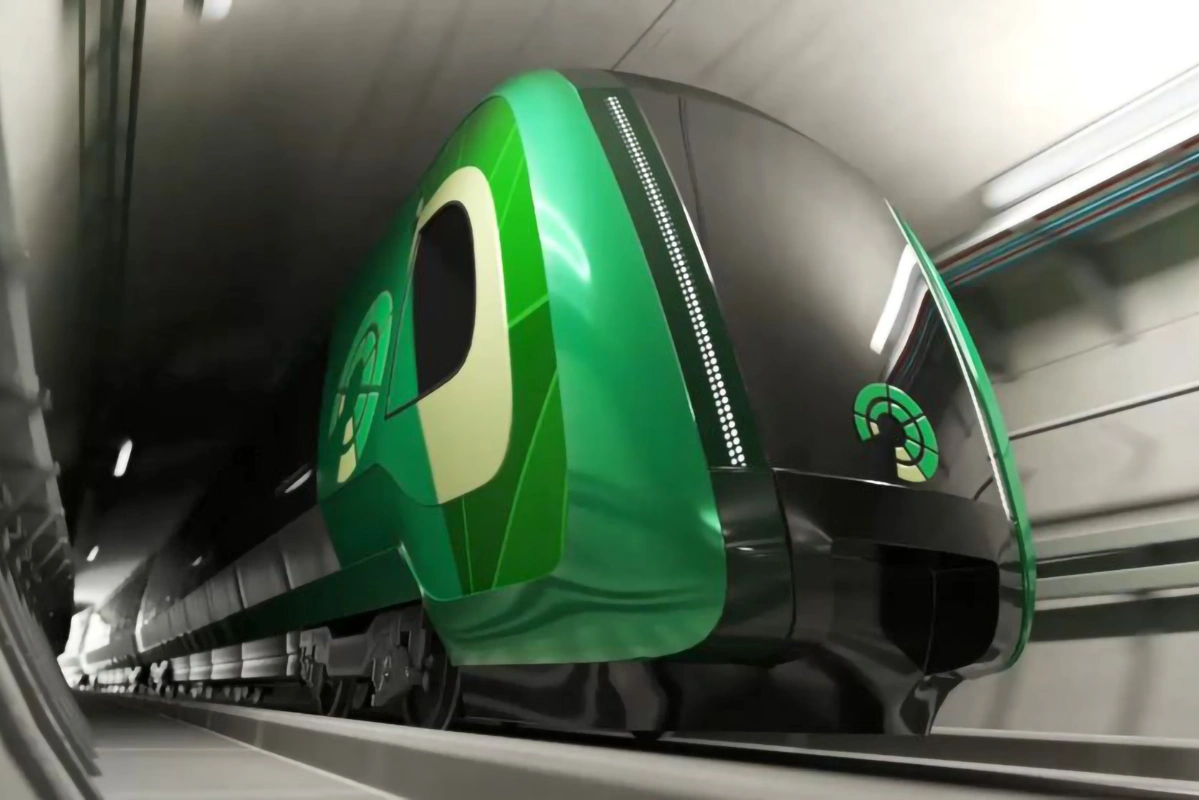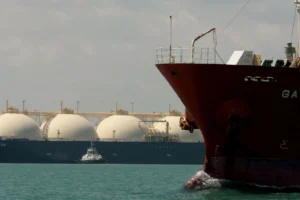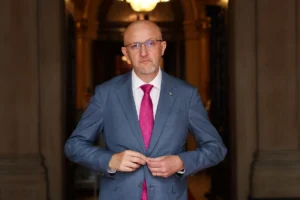The Albanese government has announced the release of $2.2 billion in funding for the controversial Suburban Rail Loop (SRL), a promised contribution from the last federal election.
This funding, however, comes with strict conditions and has reignited debate over the project’s financial viability and long-term benefits.
On Thursday, Premier Jacinta Allan faced tough questions during a press conference about the timing of key developments in the $34.5 billion SRL project, including when the first homes will be built around the train line and when the value capture mechanism—relying on land development around stations—will begin to fund the project. Allan was unable to provide clear answers and walked off the stage after repeated questions.
The state government has committed $11.5 billion to the SRL East, the first phase of the project, which will run between Cheltenham and Box Hill. Allan’s government is counting on the federal government to match this contribution and hopes to secure the remaining funding through value capture—a system in which local stakeholders, such as universities and developers, help finance the project through investment. While Allan indicated that discussions with stakeholders are ongoing, no firm commitments have been made yet.
The SRL is billed as “Australia’s biggest housing project,” promising to deliver 70,000 new homes along the 26-kilometre rail corridor. However, the Premier has faced criticism for not clarifying when these homes will materialize. The opposition has pounced on this, calling the project “the abandoned rail loop” and accusing the government of mismanaging taxpayer money. They argue that funds should be directed to more urgent infrastructure needs in Victoria’s growth areas, where services such as roads are lacking.
Federal Infrastructure Minister Catherine King stressed that the $2.2 billion released for SRL East is earmarked for specific early works such as land acquisition and ground testing. Further federal funding hinges on the state overcoming “hurdles” related to costings around value capture. King expressed support for the SRL but emphasized the importance of ensuring value for money.
The opposition, however, remains skeptical of the project’s feasibility. Critics like Senator James Paterson argue that the Victorian government lacks the capacity to fund the project and warn of potential financial instability if it proceeds without further federal backing. They also question the transparency of the state government’s spending and whether the project will deliver the promised benefits.
As the project moves forward, it remains to be seen whether the SRL can live up to its ambitious promises or if the mounting concerns will delay its progress.












